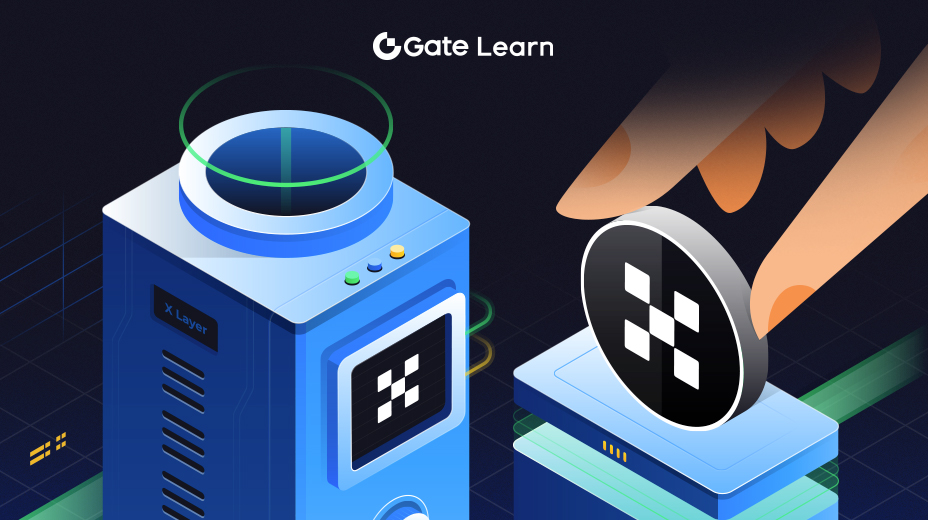加密货币中身份的重要性
本章将深入探讨去中心化身份(DID)或自我主权身份这一革命性概念。我们将介绍DID的核心原则,包括用户控制、隐私保护和互操作性,并分析DID的优势,包括更高的安全性、可移植性和包容性,最重要的是,探究区块链技术如何解决传统身份系统的局限。通过本章的学习,你将掌握去中心化身份重塑个人在数字时代管理和控制身份的潜力。
传统身份系统面临的挑战
传统身份系统的局限性
传统身份系统一直是各种服务和交易中进行个人身份验证的基础。然而,这些系统也存在固有的局限和弱点,随着数字交互的兴起以及对安全和隐私增强解决方案日益增长的需求,这些局限性和漏洞变得愈发明显。总的来说,传统身份系统主要具有以下局限:
中心化故障点:
传统身份系统最大的弱点之一是集中化。中心化身份数据库和服务器充当单点故障,使传统身份系统容易遭受网络攻击和数据泄露。一次成功的攻击可能会暴露数百万人的敏感个人信息,导致身份盗窃、欺诈和财务损失。缺乏用户控制:
在传统身份系统中,用户一旦与中心化实体共享了个人数据,便几乎无法看到数据的使用、存储或共享情况,也没有发言权。缺乏用户控制会损害隐私,容易使个人数据被盗用。重复的身份验证:
在访问各种服务和平台时,用户往往需要经过反复的身份验证过程。由于每个服务提供商都可能需要相同的信息,就会导致重复且不必要的数据提交和用户不满情绪。这一过程不仅浪费了时间,还增加了数据处理过程中发生人为错误的风险。身份信息孤岛和碎片化:
传统的身份系统通常会在每个服务提供商的数据库中创建用户信息孤岛,导致信息碎片化,使用户难以在不同平台上保持统一的数字身份。因此,用户可能需要在每个新服务中重新建立身份,这可能导致用户体验碎片化。隐私问题:
中心化身份系统存在重大隐私问题,因为它们在单个存储库中积累了大量个人数据。将敏感信息聚集在一个地方会增加恶意行为者和负责存储数据的实体未经授权访问、监控或滥用数据的风险。身份盗窃和欺诈:
个人信息的集中存储使传统的身份系统成为黑客和网络犯罪分子的目标,在数据泄露事件发生时,窃取的身份信息可用于身份盗用、欺诈活动和社会工程攻击,对个人和组织造成巨大的财务和声誉损失。缺乏互操作性:
传统的身份系统通常缺乏互操作性,这意味着用户身份无法在不同的平台或行业之间无缝传输或验证。缺乏互操作性给用户带来了不便,使跨平台互动效率低下。成本和合规性:
维护中心化身份系统对服务提供商和用户都可能产生高昂的成本。此外,组织必须遵守日益复杂的数据保护法和隐私法,因此带来了合规性挑战和潜在的法律责任。
去中心化身份及其核心原则
去中心化身份,通常又称为自我主权身份(SSI),是一个开创性的概念,赋予用户对其个人数据和数字身份的完全控制权。它是依赖于中心化机构或服务提供商来管理和验证身份的传统身份系统的替代方案。去中心化身份基于区块链技术和密码学原理,为用户提供更安全、私密和以用户为中心的身份管理方法。
去中心化身份的核心原则围绕以下主要概念展开:
用户控制和所有权:去中心化身份将用户置于身份生态系统的中心。用户拥有其身份数据的所有权和控制权,能够根据需要管理和共享其信息。这种以用户为中心的方法将权力平衡从中心化实体转移到个人,使用户能够在不依赖中介的情况下维护其数字身份。
自我主权:去中心化身份包含自我主权原则,意味着个人有权决定其身份数据的使用和访问方式。用户创建和管理其加密身份,作为其真实世界身份的唯一可验证形式。这种自我主权方法增强了隐私,降低了身份盗窃和数据滥用的风险。
去中心化:去中心化身份依赖于区块链技术而建立,区块链技术作为分布式和去中心化的分类帐运行。区块链技术没有单一的中央机构或控制点,能够抵抗单点故障,不易遭受数据泄露或网络攻击。网络中的每个参与者都维护着区块链的副本,确保了数据冗余性和完整性。
互操作性:去中心化身份解决方案力求实现互操作性,允许用户在不同平台和服务之间顺畅地使用其身份。通用身份标准和协议支持跨平台身份验证,不必进行重复性身份验证,创造了一致的用户体验。
可验证性和信任:去中心化身份依赖于加密技术来确保身份数据的真实性和可验证性。数字签名和加密证明使各方能够信任身份声明的有效性,而无需依赖可信的中央机构。这种无需信任的验证增强了身份信息的完整性。
隐私性:隐私是去中心化身份系统中的基本原则。用户可以有选择性地共享特定的身份属性或证明,而不会披露不必要的个人信息。隐私保护技术(如零知识证明)实现了在不泄露敏感细节的情况下进行身份验证。
可移植性:去中心化身份解决方案具有可移植性。用户可以将自己的数字身份应用于不同的设备和环境中。身份的可移植性增强了用户的流动性,确保用户不会受限于特定服务提供商或平台。
包容性和全球性:去中心化身份解决方案是无国界的,使个人能够参与数字互动并在全球范围内访问服务。这种包容性使没有传统身份证件的个人能够建立可验证的数字身份,开辟了新的机会和可能性。
要点
- 传统的身份系统存在中心故障点,容易遭受数据泄露和网络攻击。
- 用户无法控制中心化系统中的个人数据,容易导致数据泄露和隐私问题。
- 传统系统中重复的身份验证过程会导致效率低下和用户的不满情绪。
- 身份孤岛和碎片化不利于创造一致的数字身份体验。
- 中心化身份系统积累了大量的个人数据,增加了身份盗窃和欺诈的风险。
- 传统身份系统缺乏互操作性,导致不同平台之间需要进行重复的身份验证。
- 遵守数据保护法规对于组织维护中心化身份数据库具有一定挑战性。
- 去中心化身份通过去中心化、用户控制、隐私和去信任验证来解决相关挑战。





